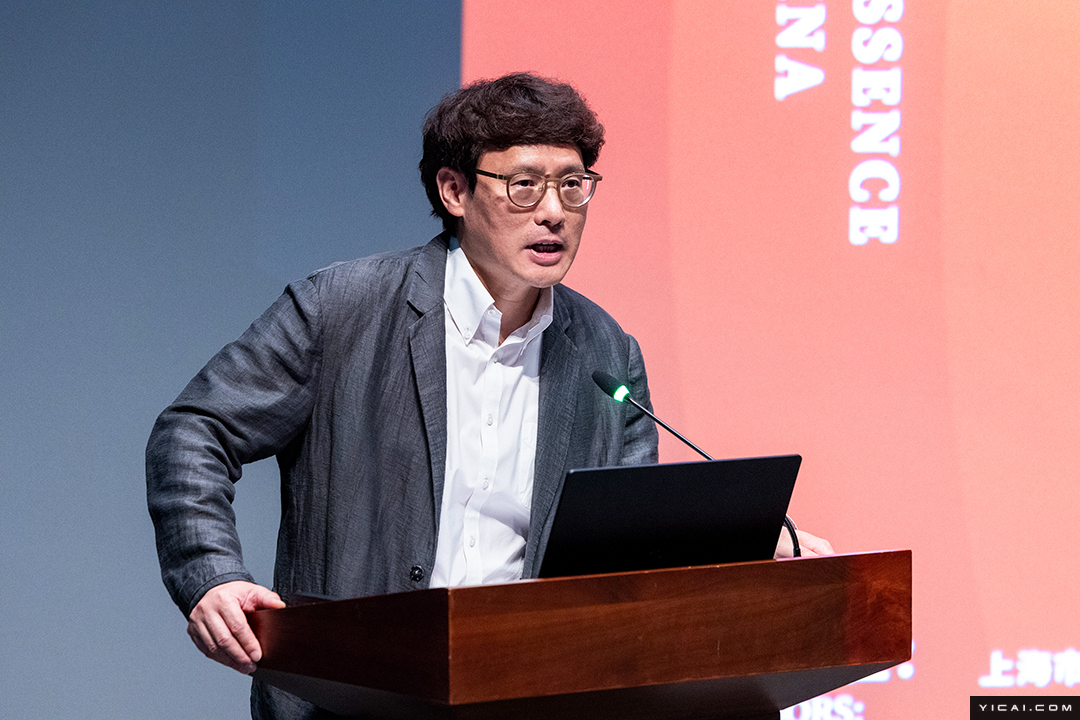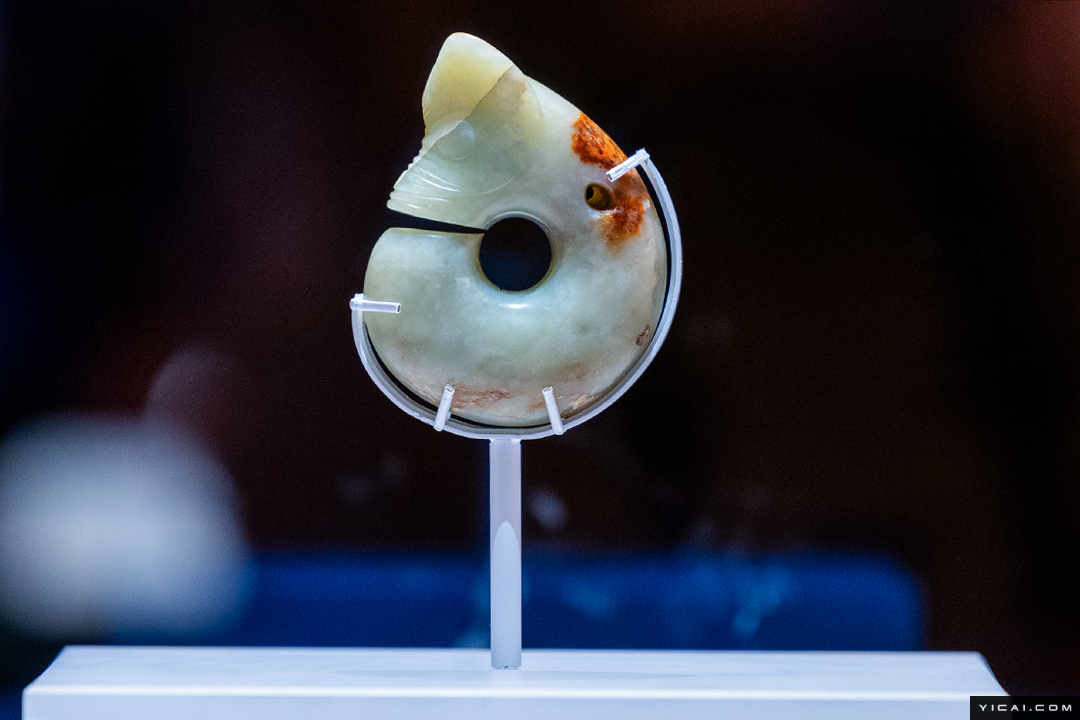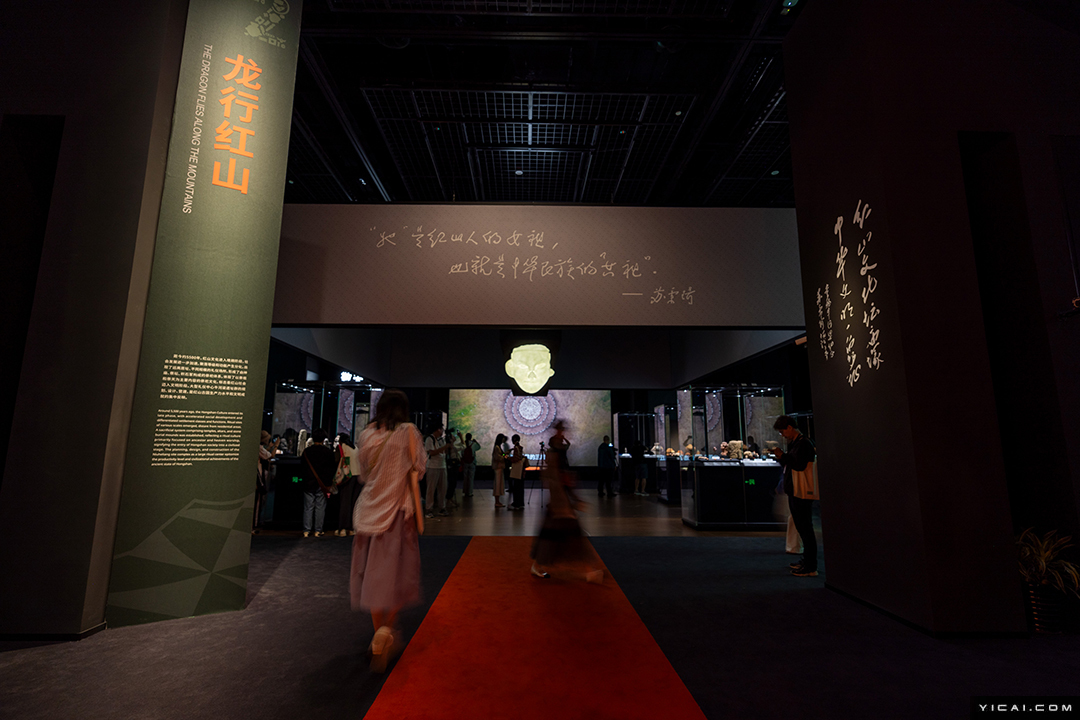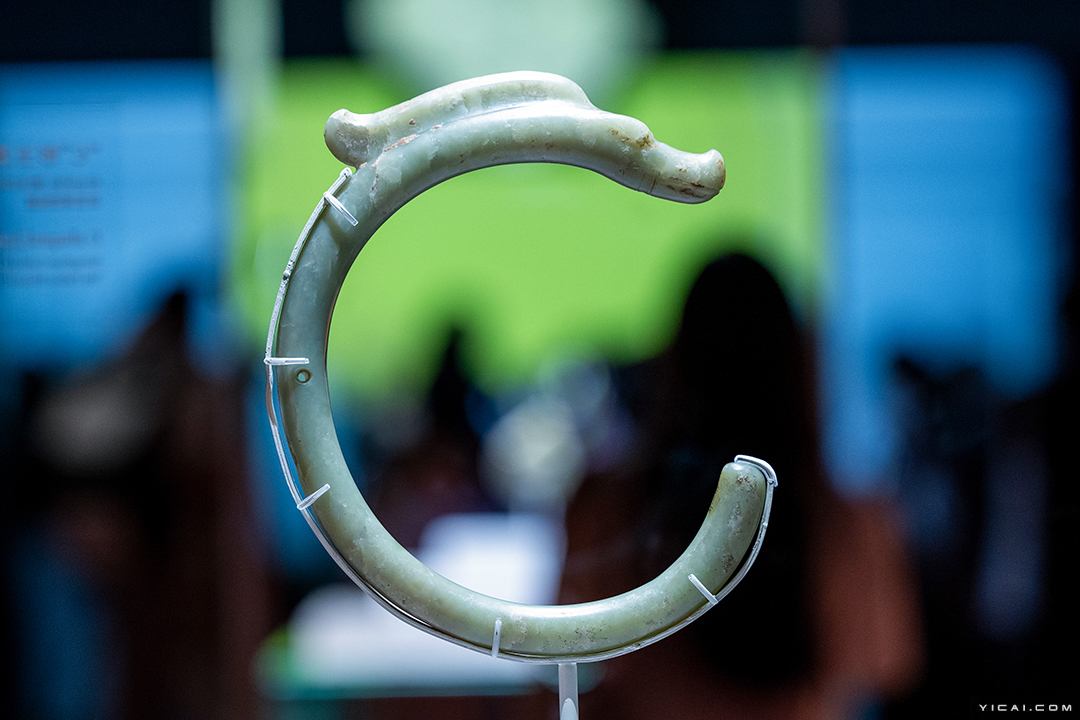![[In Photos] Exhibition on China’s Ancient Hongshan Culture Opens at Shanghai Museum](https://img.yicaiglobal.com/src/image/2025/06/91070077793989.jpg) [In Photos] Exhibition on China’s Ancient Hongshan Culture Opens at Shanghai Museum
[In Photos] Exhibition on China’s Ancient Hongshan Culture Opens at Shanghai Museum(Yicai) June 26 -- A new exhibition of archaeological findings from the Hongshan culture, which flourished in northeast China during the Neolithic period, has opened at the Shanghai Museum.
The exhibition, titled Legends of Dragon: The Ancient Civilization of Hongshan Culture, got underway today. Split into three sections -- religious beliefs, ritual systems, and social aspects -- the exhibition reveals the Hongshan culture’s unique development path, which was an important stage in Chinese civilization.
The Hongshan culture dates back roughly 5,000 to 6,500 years, and was located mainly in what is now Inner Mongolia Autonomous Region and Liaoning province. It is recognized as one of the earliest civilizations in China to exhibit the emergence of state-like structures.
The exhibition, which features more than 300 artifacts from over 20 museums and archaeological institutions across the country, will run until Oct. 8.
It is the fourth in the Shanghai Museum’s Essence of China series, which focuses on the origins of Chinese civilization and showcases major archaeological discoveries.

Two visitors approach the entrance to the exhibition.

Shanghai Museum Director Chu Xiaobo delivers a speech at the exhibition’s opening ceremony.

A jade dragon shaped into a ring -- one of the most important items in the show -- was loaned by the Liaoning Provincial Institute of Cultural Relics and Archaeology. Jade dragons were typically used as ritual objects and burial goods by China’s ancient aristocracy.

Visitors view the exhibits on show in the exhibition hall. The hall’s design is inspired by the architectural style of the Hongshan culture, reflecting solemn and orderly characteristics.

A C-shaped jade dragon on loan from the Palace Museum in Beijing.
A carved stone head of a figurine.
Editors: Dou Shicong, Tom Litting